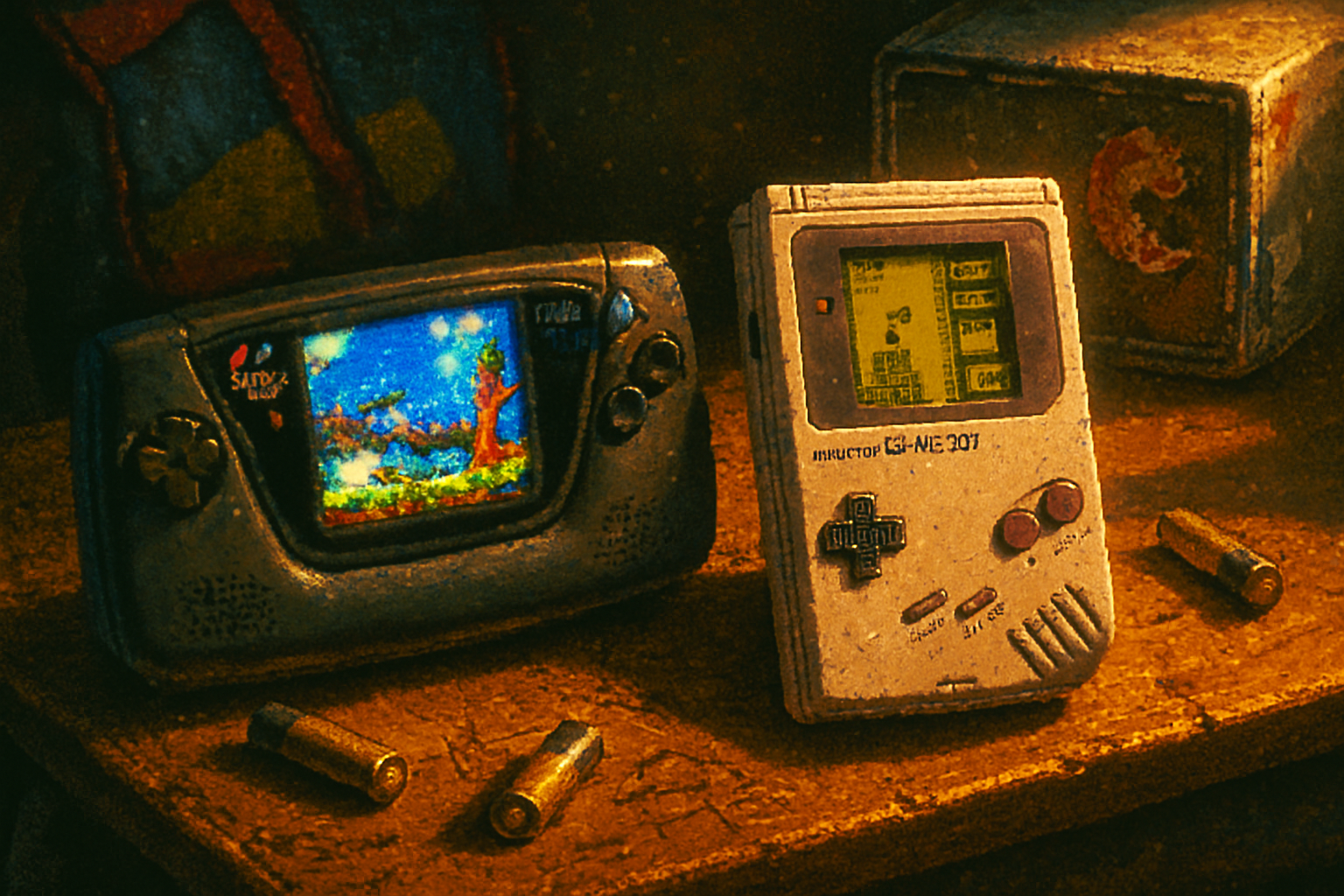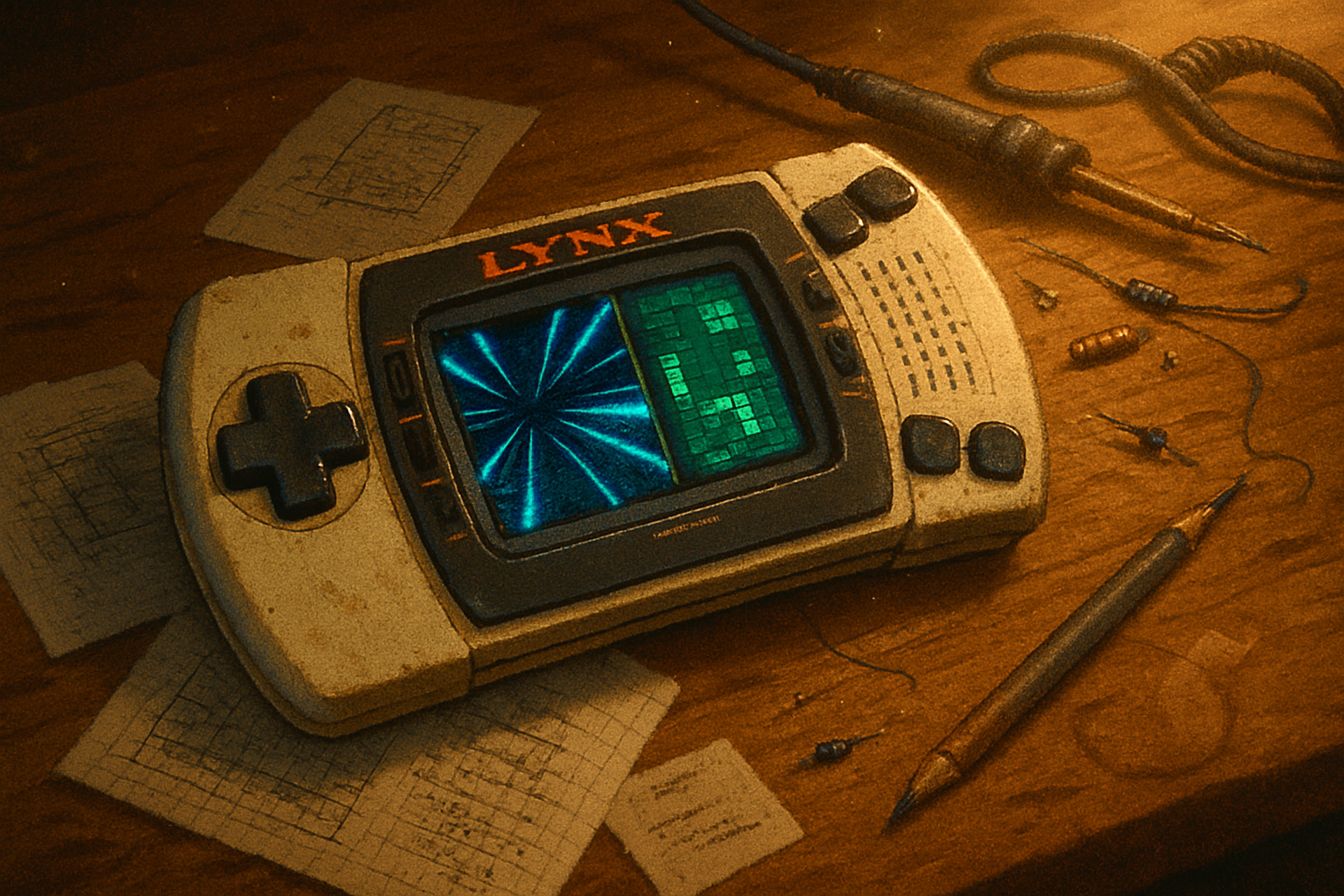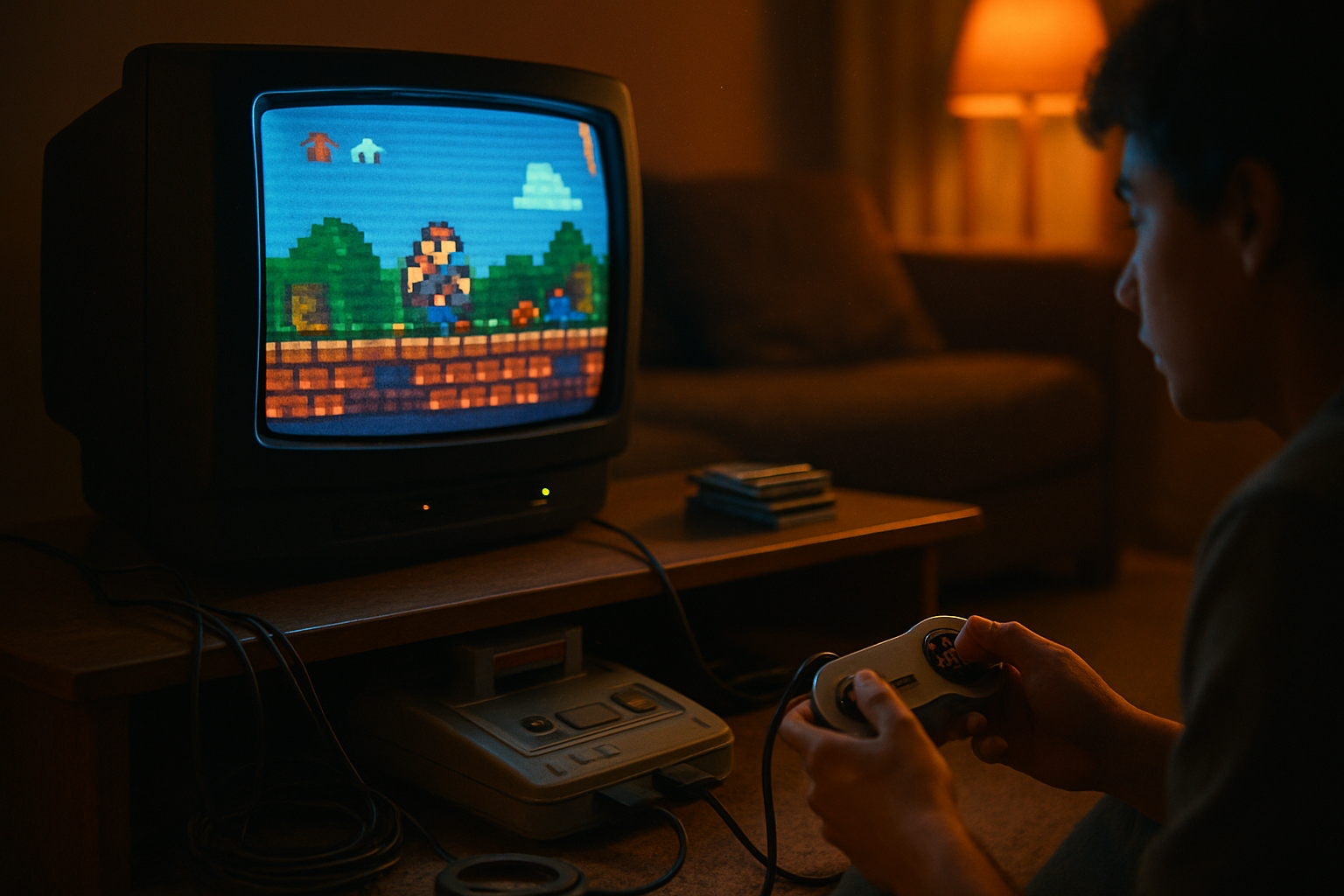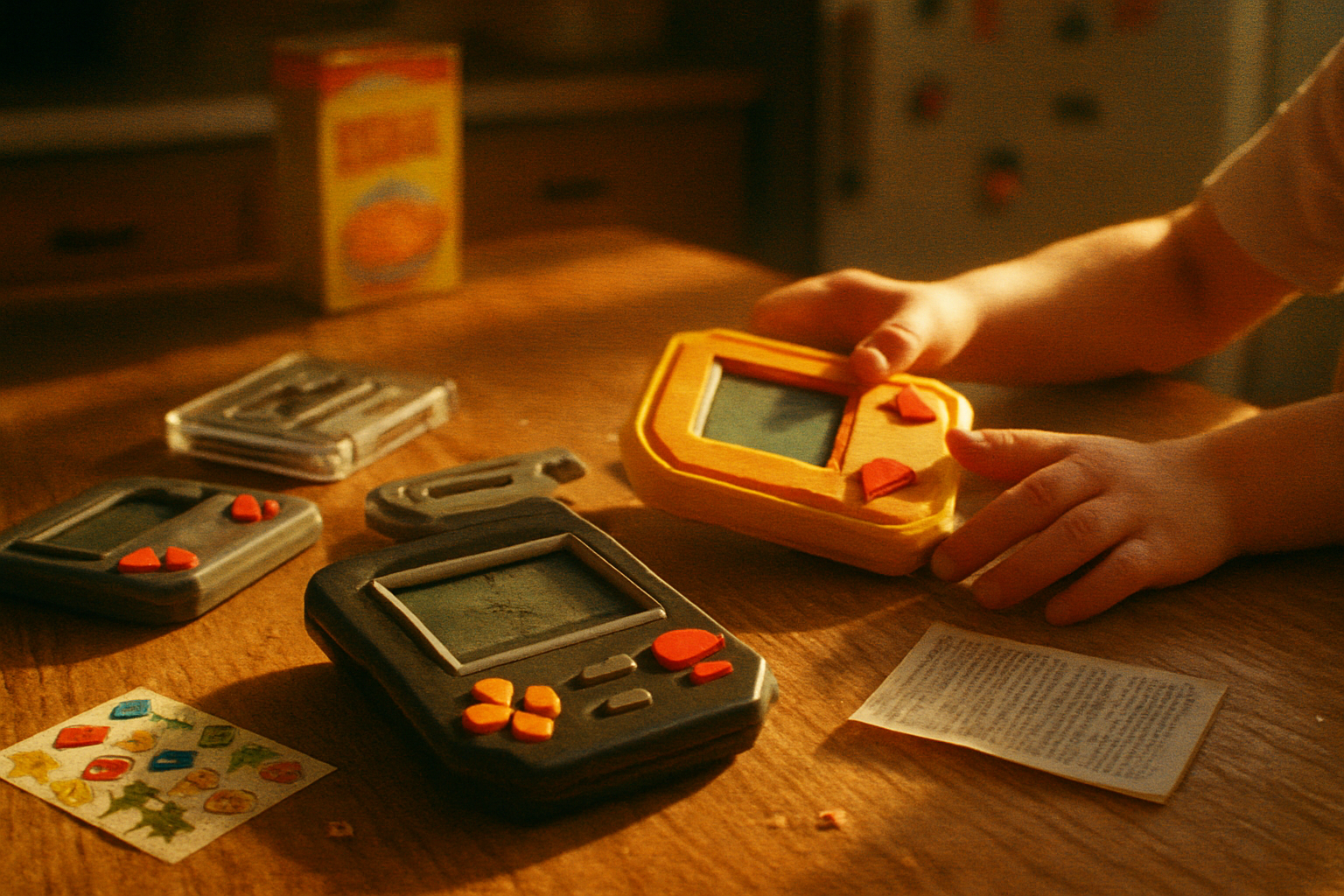· culture · 6 min read
The Game Gear's Forgotten Gems: Rediscovering the Best Titles You Never Played
The Sega Game Gear was more than a pocket-sized Sonic machine. Behind the well-known ports and flashy mascots lies a trove of compact, clever games - RPGs with surprisingly deep stories, action-platformers that punished and rewarded in equal measure, and shooters that squeezed arcade fury into a tiny screen. This article rescues the Game Gear's lesser-known masterpieces from obscurity and explains why they deserve a modern comeback.
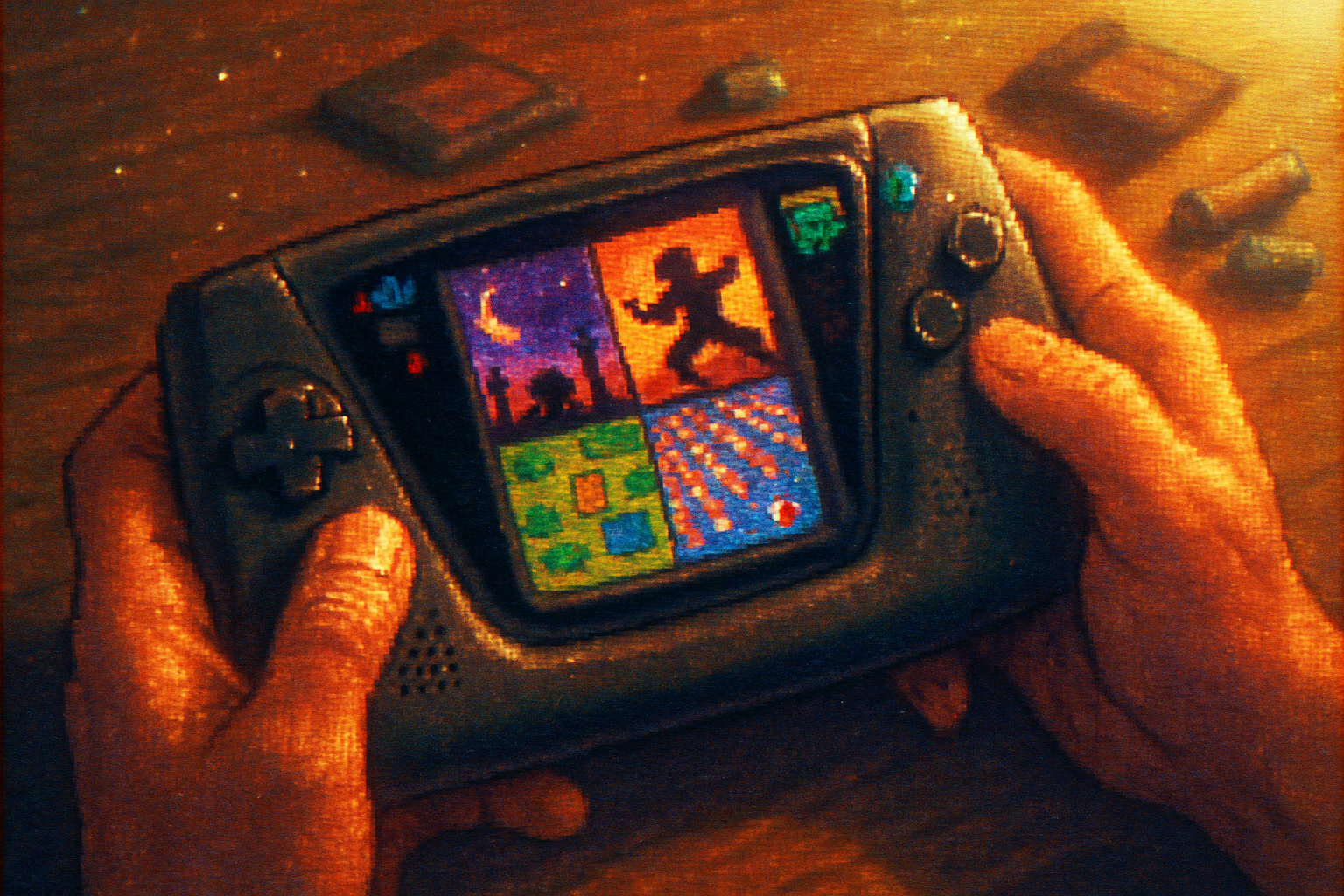
I remember a summer afternoon when a friend traded me his Game Gear for an afternoon of yard work - not because he couldn’t afford it, but because he’d already beaten everything with the Sonic logo and wanted a new fix. He handed me a battered cartridge that had the vaguest promise of Arabian nights and mystery. I played for two hours and discovered something the ads didn’t sell: a portable RPG with a voice.
The Game Gear (yes, the clunky, battery-hungry brick that tried to upstage the Game Boy) is usually reduced to a footnote in console history: bright screen, short battery life, and a library of Sonic clones. That’s lazy. Beneath the highlight reels and platformer ports lie compact experiments in design - games that embraced the constraints of a handheld and turned them into virtues. These are the little machines that made small, sharp games. They deserve a second look.
Why the Game Gear hid such good games
Think of the Game Gear’s library like a flea market of ideas. Big franchises set up glossy stalls, sure, but the alleys were where you found a rare painting or an odd, astonishing gadget for a few crumpled bills.
- Small hardware forced tight design - developers had to prioritize clarity, pacing, and economy of systems. No sprawling open-world chores - every mechanic had to pull its weight.
- Technical ambition in miniature - developers ported arcade ferocity and console RPG depth into cartridges that fit in your pocket. The constraints made them creative.
- A different commercial calculus - Game Gear titles didn’t need to sell millions to be worth making; they could cater to niche tastes and still be profitable.
If modern studios want to revive retro bones without succumbing to faddish pixel-candy, the Game Gear catalog is a better place to look than another HD remaster of a 3D platformer.
The short list: forgotten gems that still sing
Below are six Game Gear titles that are worth hunting down, emulating, or - please, Sega - remastering properly.
Defenders of Oasis - A portable, cinematic RPG
Why it matters: This is a compact JRPG that borrows from Arabian Nights and turns it into a tight, well-paced adventure. It features memorable characters, evocative writing, and encounters that respect your time.
What stands out: Dialogue that actually matters, set pieces that feel cinematic on the tiny screen, and a soundtrack that squeezes emotional heft out of primitive chips.
Where to read more: Defenders of Oasis on Wikipedia
The GG Shinobi (and The GG Shinobi II) - Action with bite
Why it matters: These are not watered-down console leftovers. They’re hard, deliberate action-platformers that demand learning enemy patterns and mastering the tools you’re given.
What stands out: Tight stage design, a focus on skillful play over padding, and an aesthetic that blends ninja melodrama with tangible challenge.
Where to read more: The GG Shinobi on Wikipedia
Shining Force: The Sword of Hajya - Tactics in your pocket
Why it matters: Shining Force’s grand-strategy pedigree gets condensed into handheld doses. If you like chesslike decisions and memorable characters, this is a portable strategy-feast.
What stands out: Streamlined tactical combat, charming character writing, and an accessibility that makes complex systems feel friendlier on short play sessions.
Where to read more: Shining Force: The Sword of Hajya on Wikipedia
GG Aleste - A shooter that refuses to be small
Why it matters: The Aleste lineage is pure arcade DNA. GG Aleste translates that into a compact, furious shooter that looks and feels like it belongs in an arcade cabinet.
What stands out: Precision bullet patterns, weapon variety that changes how you approach stages, and a pixel aesthetic that still reads crisply.
Where to read more: Aleste on Wikipedia
Land of Illusion Starring Mickey Mouse - Subtle, surprising design
Why it matters: Don’t scoff at licensed games - this one taught level design with subtlety. It’s cozy, inventive, and surprisingly tender in its puzzles and platforming.
What stands out: Playful puzzles that reward observation rather than twitch reflexes, and a sweetness of tone rare in action-heavy handheld libraries.
Where to read more: Land of Illusion Starring Mickey Mouse on Wikipedia
Honorable mentions
- Small but brilliant sports titles and puzzle experiments that never made cover art lists.
- Unique ports that rethought big-console mechanics for short bursts rather than faithful but awkward miniatures.
What makes these games prime candidates for revival
Revival isn’t nostalgia theater. It’s about translating what was interesting then into what’s valuable now:
- Portable-friendly design is modern design. Developers today talk about “bite-sized” sessions like it’s a new epiphany. The Game Gear designers lived that constraint.
- Artful limitations. Low-resolution pixel art ages well when it’s thoughtful. These games didn’t rely on photorealism; they relied on clear silhouettes, readable UI, and immediate feedback.
- Mechanical purity. Many Game Gear games distilled their genres into a concentrated experience. That purity is perfect for remasters, collections, or polished spiritual successors.
Reviving these titles doesn’t mean a lazy filter and an overpriced sticker pack. It means respecting pacing, adding modern conveniences (save states, improved sound, quality-of-life UI), and, where appropriate, expanding content without turning a nimble game into a bloated port.
How a thoughtful revival could look
- Definitive Collection - A curated cartridge/digital collection - each game with developer notes, concept art, and multiple display modes (pixel-perfect, filtered, zoom).
- Remastered Audio - Many Game Gear scores were incredible but thin. Reorchestrate alongside the original chiptunes, keeping the melody intact.
- Optional Difficulty Modes - Preserve brutal modes for purists; add approachable options for new players.
- Reimagined Sequels - Instead of another cash-grab remake, give designers a small budget to build “in spirit” sequels that expand mechanics without betraying what made the originals work.
Where to start (without losing your temper)
- If you want to play now, track down ROMs or legal re-releases. Emulation communities and official Sega collections are the fastest paths.
- For collectors, original cartridges are cheap for most of these titles compared with mainstream classics - but condition and batteries are crucial.
- If you’re a developer, study these games for how they balance pacing - short levels, quick save loops, and systems that teach themselves.
Final act: what we lose when we forget small brilliance
We love the headline classics because they’re loud and photogenic. But the quiet, unusual games are where risk lived. They’re where designers tried a thing, sometimes failed, and sometimes created something tender and sharp. Forgetting them is not only poor historical housekeeping - it’s a loss of design templates that modern games sorely need.
If you want compact examples of how to make games that respect players’ time, that reward attention over time-sink, and that can still surprise you with a plot twist or a clever boss, dig into the Game Gear’s back alleys. Those cartridges hold more than nostalgia; they hold tidy, resilient design.
